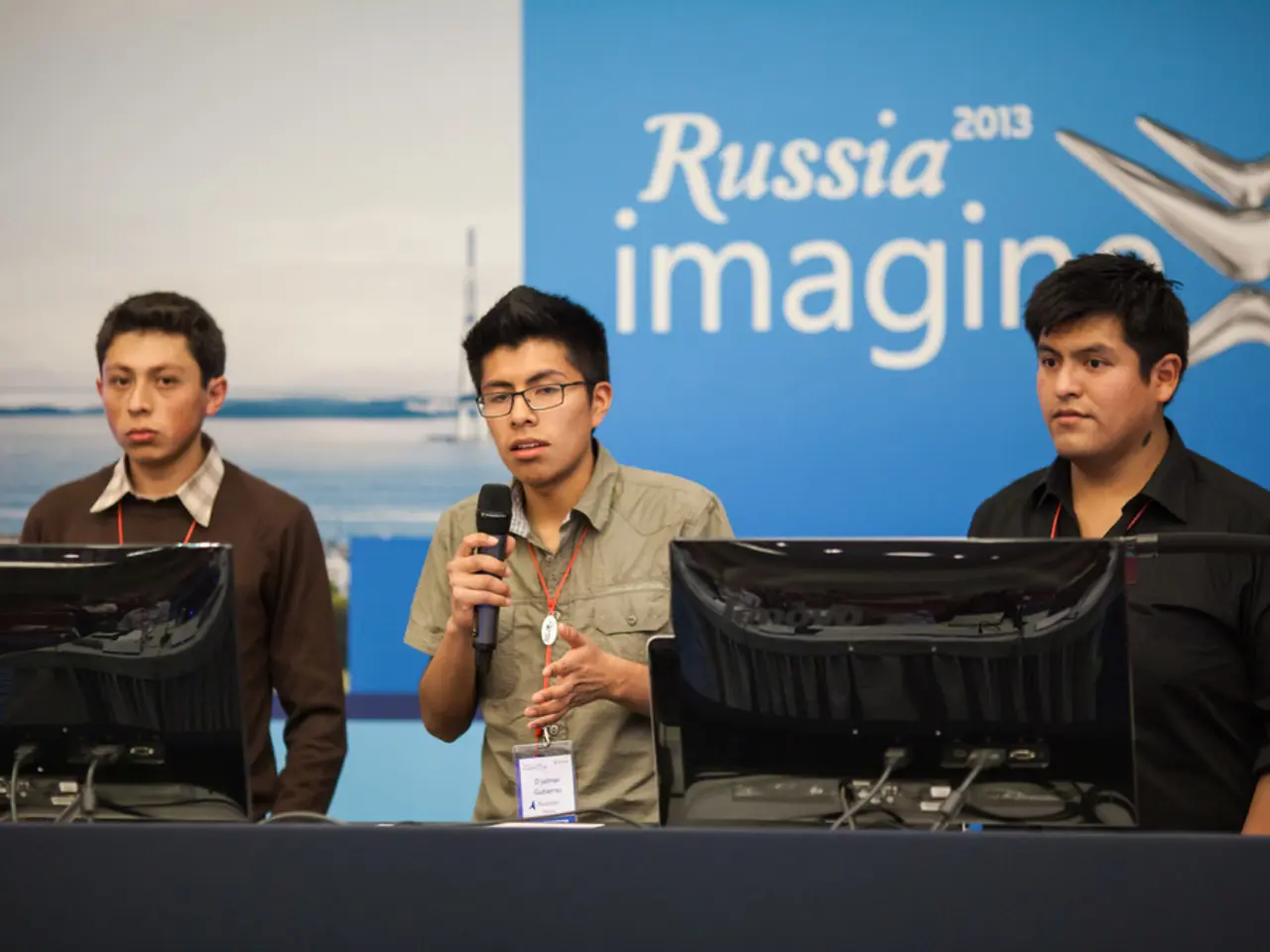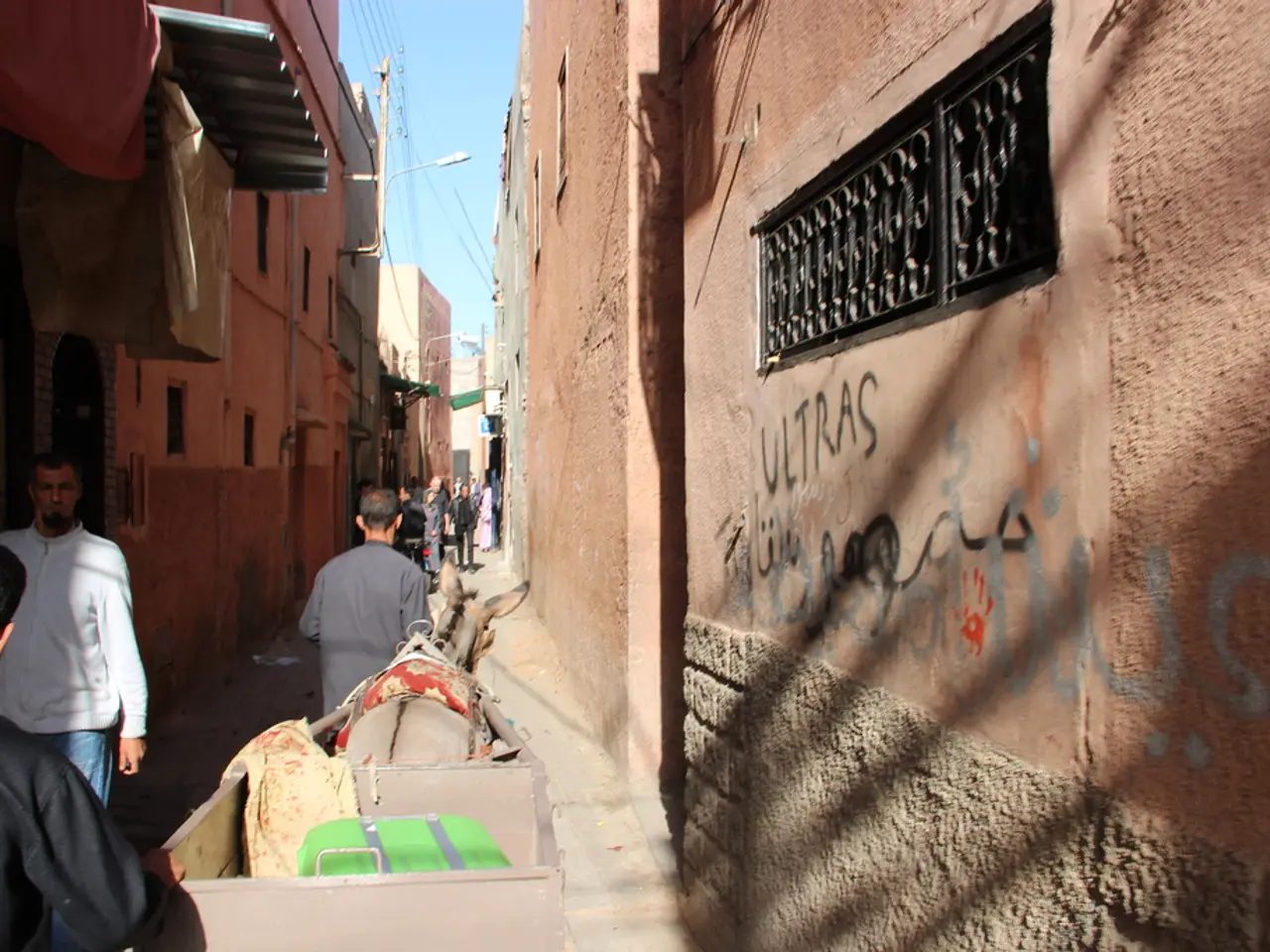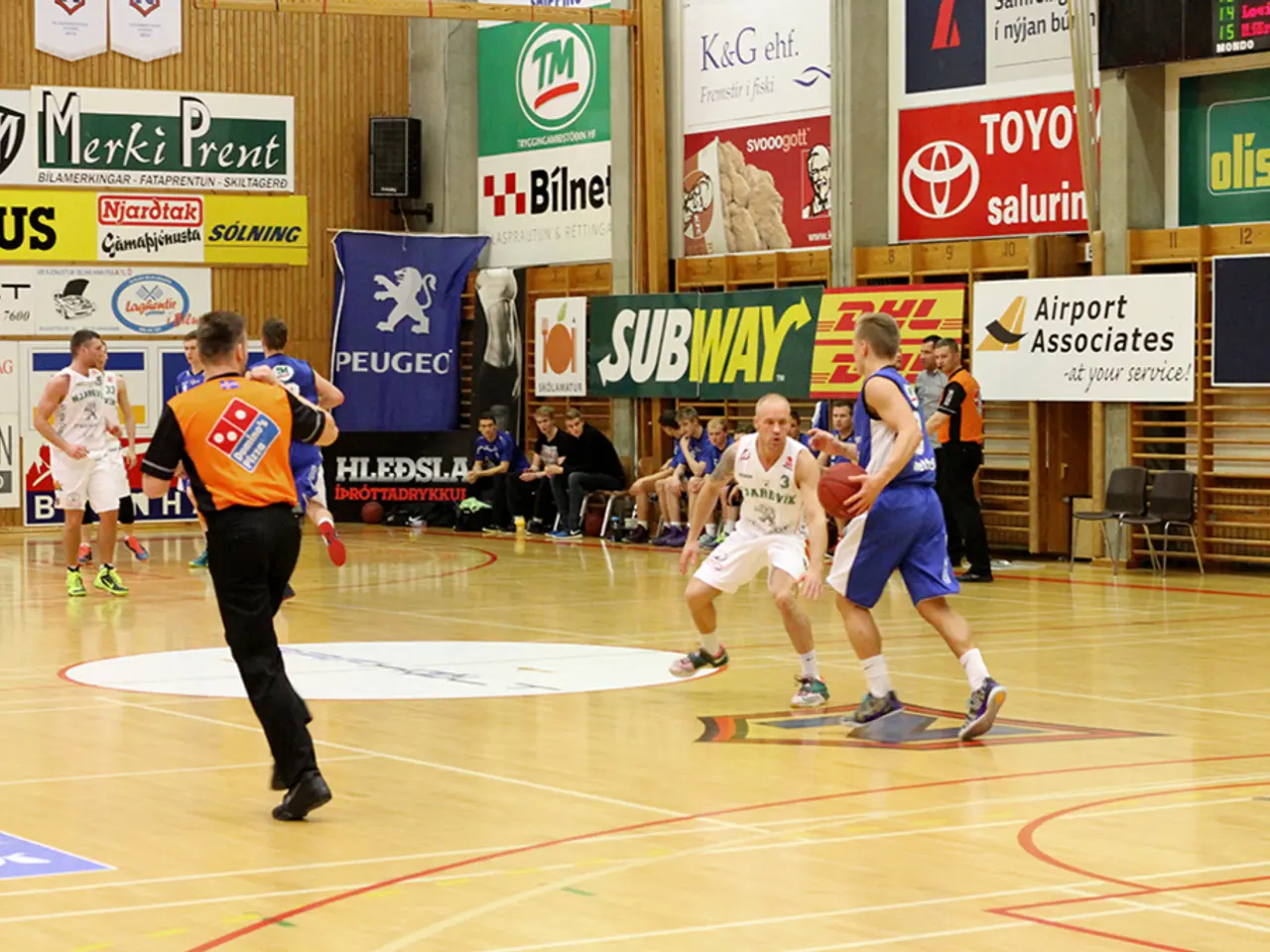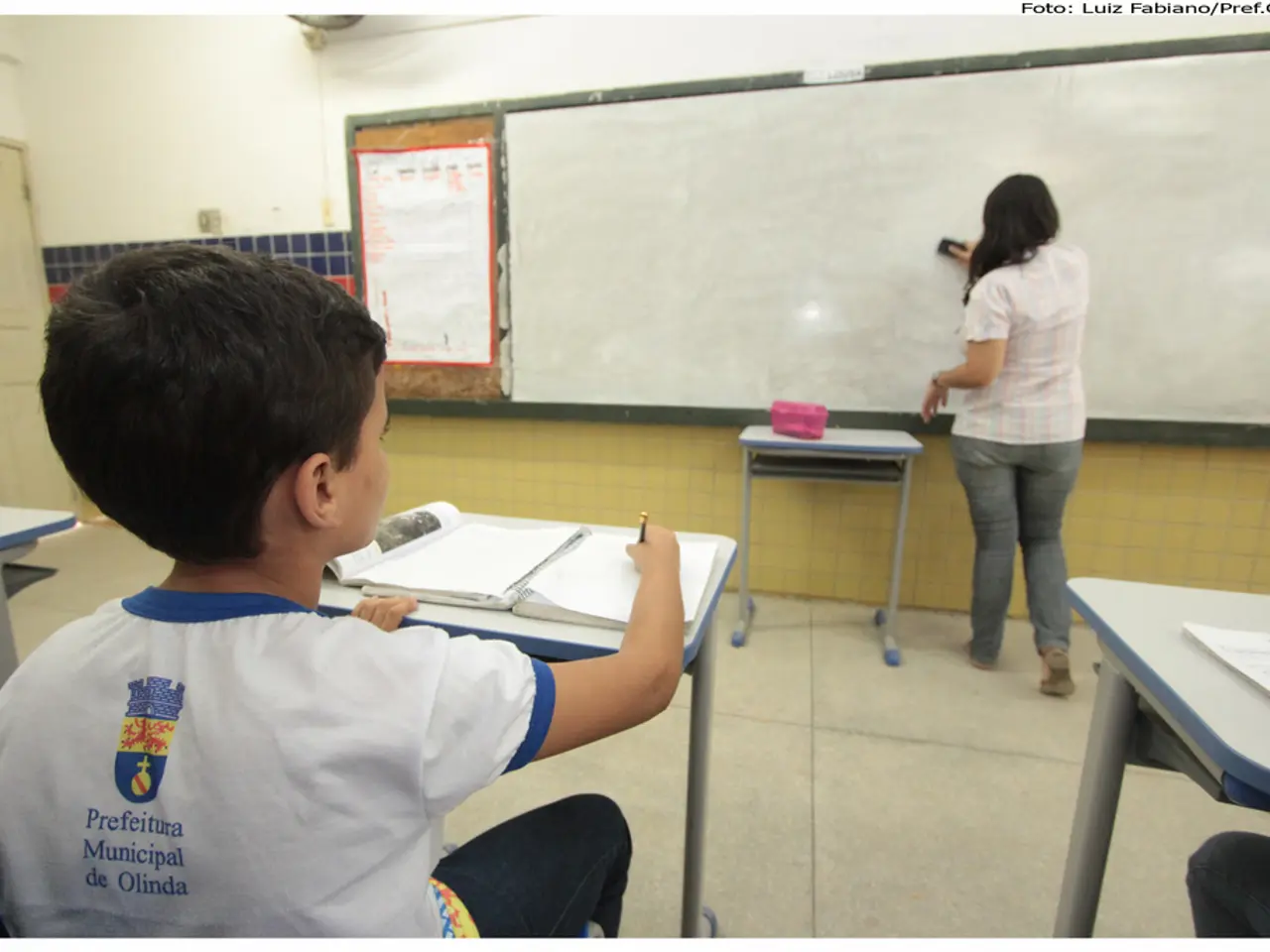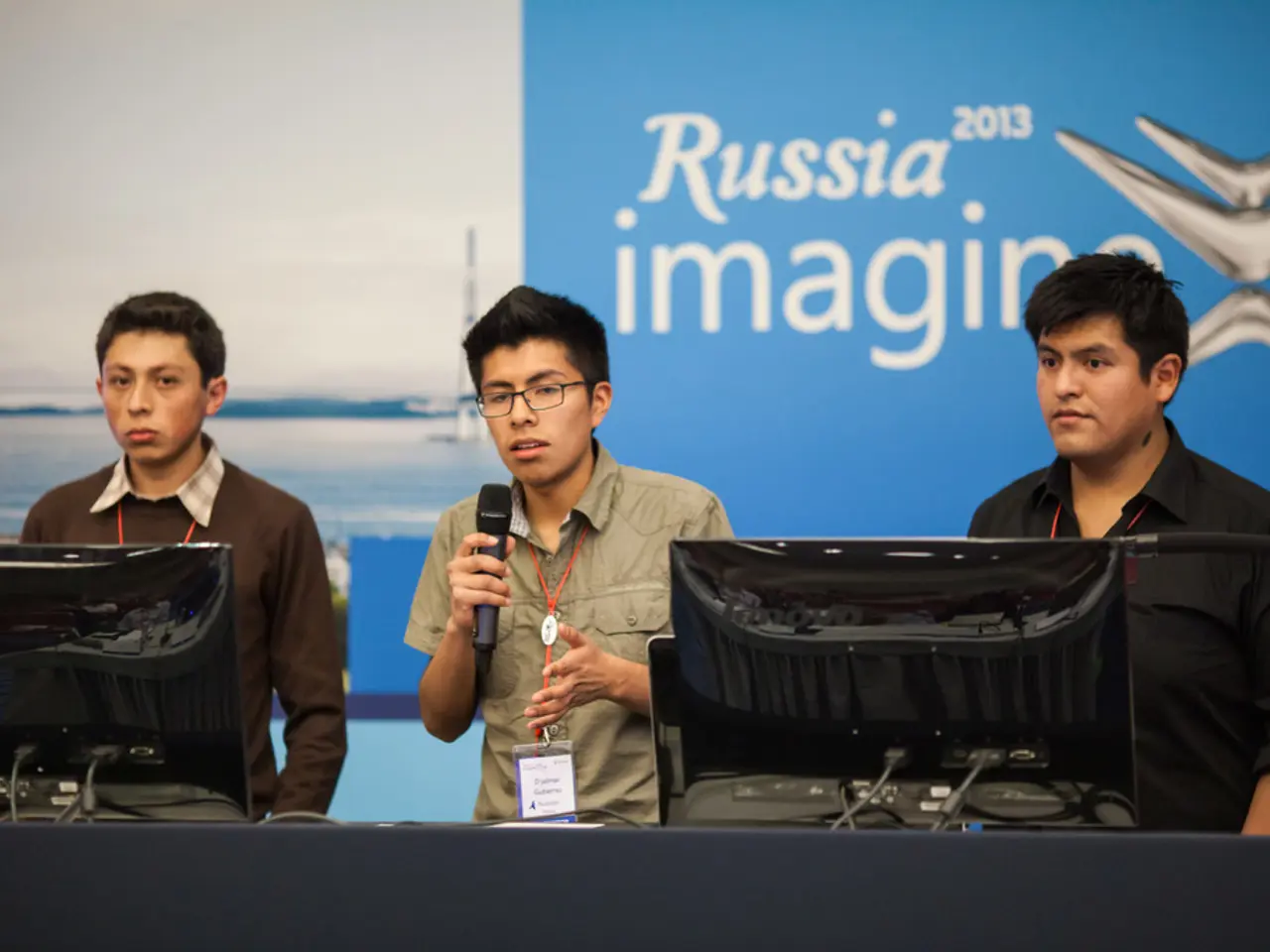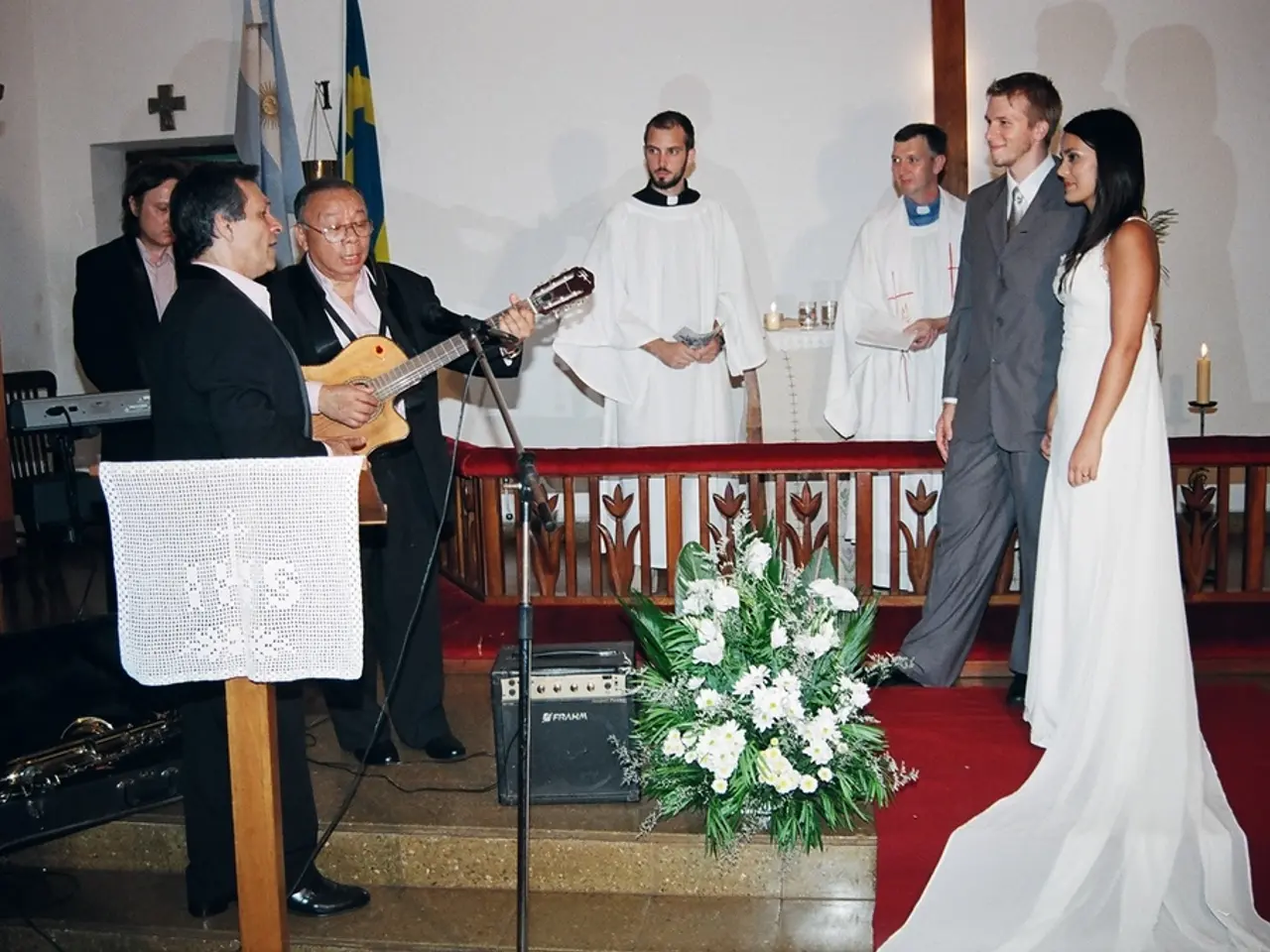Nuclear scientists in Iran reportedly relocated to secure locations
Iran's nuclear scientists have been relocated to secure facilities in Tehran and northern coastal cities, following a series of Israeli airstrikes that targeted key personnel in June 2025 [1][2][3][4][5]. The move is aimed at protecting the core personnel and sustaining Iran's nuclear program amid ongoing attacks.
The airstrikes, which killed several leading nuclear scientists and military commanders, were aimed at impeding Iran’s atomic weapon development [1]. In response, about 15 key researchers from around 100 have been relocated to minimize further assassinations [1][2]. The program maintains a system where each key player has a deputy as a backup to continue work if a scientist is lost [1].
However, this shift has led to the replacement of nuclear experts teaching in universities with individuals unconnected to nuclear research, indicating disruption in academic collaboration and public research activities [1][2]. While the surviving scientists continue their nuclear work in these hidden locations, their ability to operate freely and collaborate openly has likely been hampered due to the heightened security and secrecy.
The scientists, who are potential targets for Israeli forces, remain in hiding, living with their families under protection [1][2]. Some of these scientists have called on Iran to reassess its nuclear policies [6]. The focus of Israel's intelligence community remains on the remaining scientists in Iran's nuclear program [7]. Experts from Israel's intelligence community believe that the remaining scientists are crucial to Iran's nuclear goals, with expertise in missile systems and warhead development [8].
Iran's protective measures for the scientists have been strengthened due to concerns over trust [3]. This involves rotating security teams and cross-agency collaboration [4]. Tehran’s internal dynamics are tense, exemplified by the execution of one nuclear scientist accused of aiding Israel, which adds to the climate of fear and caution among the scientific community [1][2]. Iranian appeals for policy shifts to better protect scientists suggest concerns about the program's continuity amid ongoing threats [2].
In summary, the hiding of Iran’s nuclear scientists has increased their physical security but reduced their engagement in open research and teaching, possibly slowing progress. The nuclear program continues with protective contingencies but under considerable strain from persistent threats and internal security measures [1][2][3][5].
[1] The Telegraph, "Israel Eliminated Over 30 of Iran's Nuclear Scientists in Operation Rising Lion." [2] The New York Times, "Iran Moves Nuclear Scientists into Hiding." [3] BBC News, "Iran Strengthens Security Measures for Nuclear Scientists." [4] Associated Press, "Iran Rotates Security Teams for Nuclear Scientists." [5] Reuters, "Iran's Nuclear Scientists Now Live in Secure Facilities." [6] The Washington Post, "Some Iranian Scientists Call for Reassessment of Nuclear Policies." [7] Haaretz, "Israeli Intelligence Focuses on Remaining Scientists in Iran's Nuclear Program." [8] CNN, "Experts: Remaining Scientists Crucial to Iran's Nuclear Goals."
Scientists, living in protected facilities amid heightened security, may find it challenging to operate freely and collaborate openly with general academic communities, potentially slowing the progress of their research, as indicated by the shift away from nuclear experts in universities. Meanwhile, experts from Israel's intelligence community believe that the remaining scientists in Iran's nuclear program, with expertise in missile systems and warhead development, are crucial to Iran's nuclear goals amid ongoing threats and concerns about trust.

